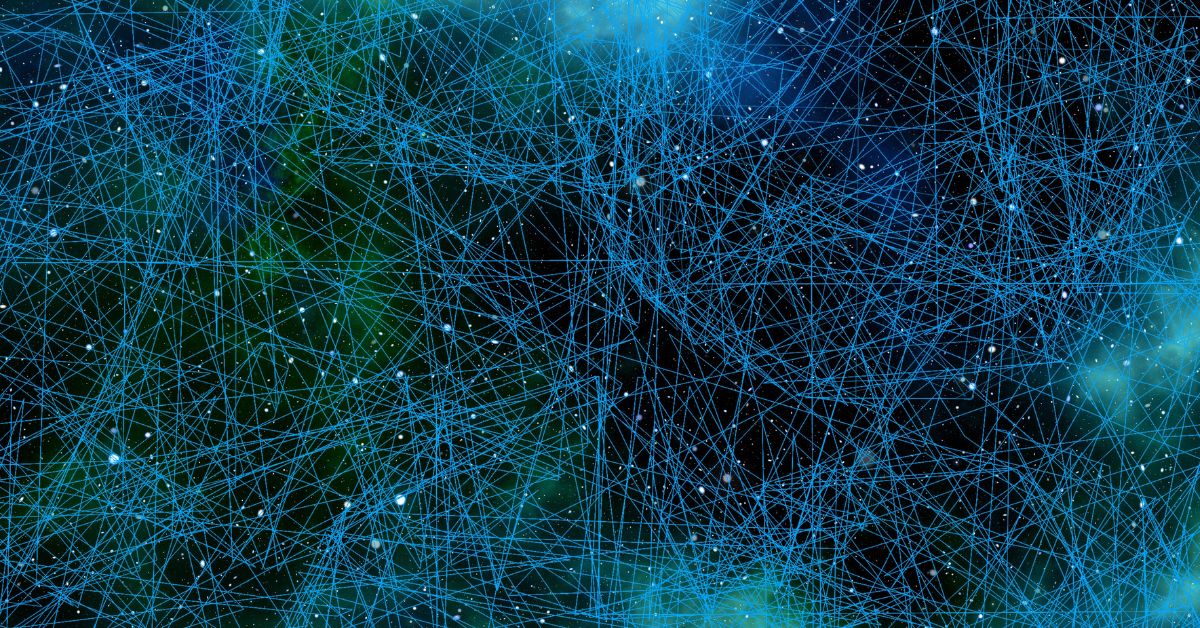Outline
- Why Understanding the Internet Matters
- The Internet Is Not a Cloud – It’s a Physical Network
- How Information Travels: The Language of Packets
- The Role of Servers, IP Addresses, and DNS
- What Happens When You Click “Enter”
- Seeing the Invisible Threads
- FAQs
Why Understanding the Internet Matters
We use it every day—to work, connect, learn, shop, create. But ask most people how the internet actually works, and you’ll likely get a shrug or a joke about “the cloud.”
And yet, the internet is not magic. It’s one of the most powerful inventions in human history—and it’s built on surprisingly tangible systems. By understanding how it works, we begin to see the architecture of our digital lives. We move from being passive users to curious, empowered participants in the most complex network ever built.
Let’s pull back the curtain and look, in simple terms, at what really happens behind every click.
The Internet Is Not a Cloud – It’s a Physical Network
Despite the name, the internet is anything but invisible. It’s made of physical things: fiber-optic cables, routers, data centers, and undersea cables that stretch across oceans.
At its core, the internet is a global system of interconnected computers. Think of it like an enormous spiderweb, with billions of points (devices, servers) linked by threads (cables, satellites, Wi-Fi).
When you send an email or load a website, your data doesn’t float through the air aimlessly. It travels through real hardware—often over thousands of kilometers in a fraction of a second.
The “cloud” is just someone else’s computer.
How Information Travels: The Language of Packets
The internet doesn’t send whole files or images all at once. Instead, it breaks everything into tiny pieces called packets.
Each packet contains a slice of your data (like part of a video or a sentence), plus information about where it’s going and how to put it back together. These packets travel through many different routes across the network and get reassembled at the destination.
It’s a bit like mailing a book page by page. Each envelope takes a different road, but when they arrive, the book is whole again.
This system is incredibly efficient—and surprisingly resilient. If one path is blocked, packets just find another.
The Role of Servers, IP Addresses, and DNS
Every device on the internet—your phone, laptop, even your fridge—has an IP address. It’s like a digital home address, allowing data to know where to go.
Websites are stored on servers—powerful computers that send information on request. When you type a web address like wikinfolab.com, your device doesn’t understand that right away. It first checks with a DNS (Domain Name System) server, which works like a phone book: it matches the name with the correct IP address.
Then, your device connects to that IP, the server responds, and the website starts loading—piece by piece.
It all happens in milliseconds, thousands of times a day.
What Happens When You Click “Enter”
Let’s walk through a simple moment: you type in a website and hit Enter.
- Your browser checks if it already knows the site (from cache).
- If not, it asks a DNS server to find the correct IP.
- Your device sends a request to that IP via packets.
- The packets travel through cables, routers, and maybe satellites.
- The server receives your request, processes it, and sends data back.
- Your browser reassembles the data into what you see on screen.
It’s like sending a letter and instantly receiving a reply—with pictures, videos, and interactive features—all within a blink.
The beauty of it? You don’t have to understand it for it to work. But understanding it gives you power.
Seeing the Invisible Threads
The internet isn’t just code or cables—it’s connection, built layer by layer by human hands and human minds. When you see how it works, you begin to see the world differently: more connected, more intentional, and more open to wonder.
You realize that every emoji you send, every search you make, travels through oceans, through air, through time zones—all to bring people closer.
The more we understand these invisible threads, the more we can use them wisely. Not just to consume—but to create, to learn, and to build something better.
FAQs
Is Wi-Fi the same as the internet?
Not exactly. Wi-Fi is how your device connects to a local network (like your router). The internet is the vast global network your local connection links into.
What is an IP address?
An IP address (like 192.168.0.1) is a unique number assigned to each device connected to the internet. It tells the network where to send and receive data.
Can the internet ever go down?
Parts of it can. If a server crashes, a cable is damaged, or a DNS service fails, certain websites or services might become inaccessible. But because the internet is decentralized and built with redundancies, the entire internet rarely goes down at once.









